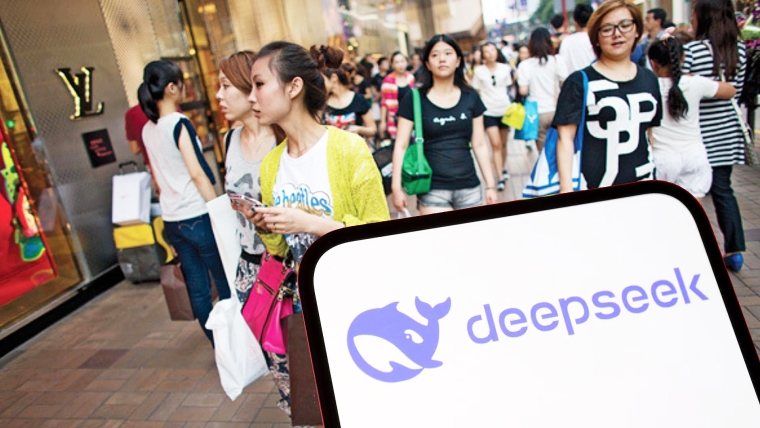
By Mark Tanner*
Many of our 'mature' readers in the West will remember the thrill in the 90s of dialling up on the PC to create their first Hotmail email address. Those were the heady days of Web 1.0. Then in around 2007, Web 2.0 became mainstream, seeing many signing up to Facebook to reconnect with old friends and family. Meanwhile, in China, most people were still relying on state-run TV, radio, and print to access information.
It wasn’t until the 2010s that the majority of Chinese citizens got their first internet connection. It didn’t happen on desktop computers, but through smartphones. Unlike the West, where digital evolution followed a linear PC-to-mobile path, China leapfrogged directly into a mobile-first, app-based digital ecosystem. As a result, email addresses and even websites often don’t play a significant role in Chinese consumers’ daily lives and customer journeys - something that continues to shape how business is done in China, and a nuance often overlooked by Chinese brands expanding abroad.
Despite arriving late to the internet game, China soon outpaced the world in digital innovation. Its e-commerce penetration overtook every other market. Mobile payment adoption became ubiquitous. QR codes were everywhere long before they gained traction elsewhere. Social commerce and livestreaming redefined the way brands sell, engage, and build trust. Platforms and apps like TikTok, Shein and Temu began exporting these innovations globally, challenging Western incumbents and shifting consumer expectations.
China’s digital landscape: More than meets the eye
For any brand looking to succeed in China it is essential to understand the uniqueness and dynamism of its digital ecosystem. While many people recognise which Chinese platforms are growing, and have a surface-level understanding of influencer (KOL/KOC) culture and e-commerce channels, there are less-obvious forces at play that are important.
One such force is the influence of the Chinese government. A comprehensive report by ChinaFile details the layered and increasingly covert methods of online censorship in China. This impacts not only political content but also social and cultural narratives - from discouraging "sissy boys" and idol worship to promoting "wholesome" values. For marketers, this shapes what Chinese consumers can see, discuss, and engage with online. It can also help explain some social listening findings.
Beyond content moderation, regulatory policy affects platform behaviour. The 2020-21 crackdown on China’s tech giants forced a strategic pivot across all major players. More recently, regulations aimed at curbing "involution" - a term for wasteful, race-to-the-bottom competition - are pushing platforms to discourage endless discounting and low-quality product churn. This will impact marketing tactics.
Enter DeepSeek: A new layer in the digital journey
A less-considered, but increasingly influential player is DeepSeek, China’s homegrown AI chatbot. Launched in February 2025, DeepSeek became the fastest-growing platform in Chinese internet history, reaching 50 million daily active users (DAU) in just 42 days. It now dominates with an 89.3% market share.
But DeepSeek doesn’t function exactly like ChatGPT in the West. Because websites play a smaller role in China’s ecosystem, DeepSeek doesn't refer as much traffic to websites, influencing decision-making differently. Deepseek is increasingly shaping consumer perception and choice both in its chatbot and within platform ecosystems - from product discovery to brand comparisons.
For brands, this means the game is changing yet again. To remain competitive, it’s crucial to understand how DeepSeek integrates into the consumer decision journey. Knowing this, it is also important to learn which inputs influence its recommendation algorithms, to maximise brand and product visibility within its AI-generated outputs.
Complicating matters further, competitors like Baidu are stepping up, with its open-source Ernie Bot now positioning itself as a viable alternative.
Dynamic digital strategies for China
From leapfrogging desktop to dominating social commerce, China’s digital evolution has always defied convention. With tools like DeepSeek redefining customer journeys, we can never sit still.
*Mark Tanner is the CEO of China Skinny, a marketing consultancy in Shanghai. This article was first published here, and is re-posted with permission.

We welcome your comments below. If you are not already registered, please register to comment.
Remember we welcome robust, respectful and insightful debate. We don't welcome abusive or defamatory comments and will de-register those repeatedly making such comments. Our current comment policy is here.